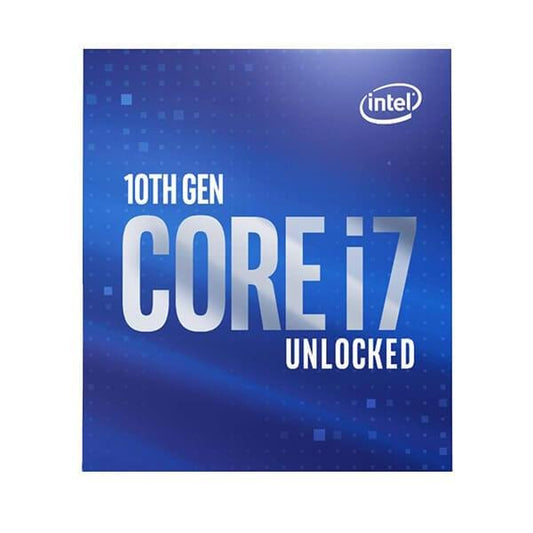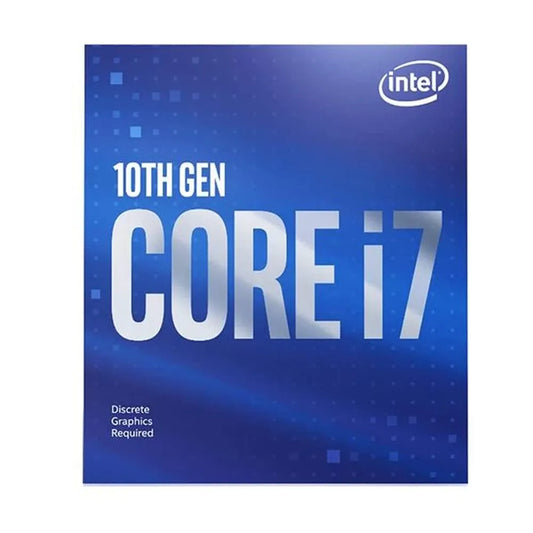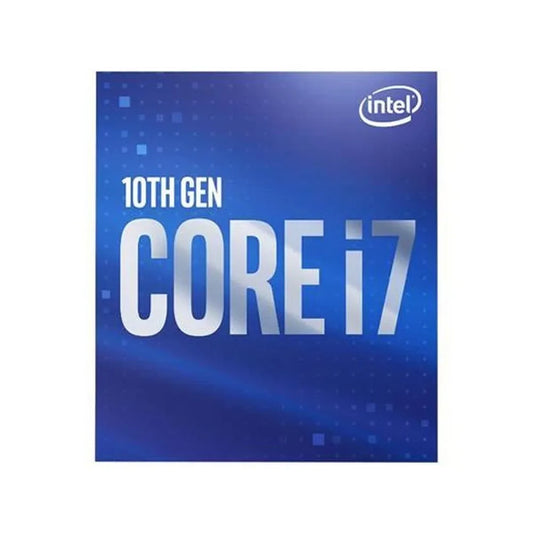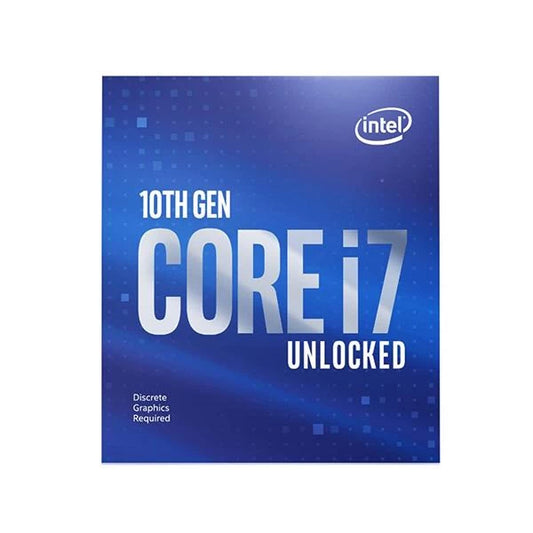INTEL Core i7 10700K 10th Generation Processor ( 5.1 GHz / 8 Cores / 16 Threads )
Rs. 24,558.00
Rs. 29,999.00
INTEL Core i7 10700F 10th Generation Processor ( 4.8 GHz / 8 Cores / 16 Threads )
Rs. 19,348.00
Rs. 22,999.00
INTEL Core i7 10700 10th Generation Processor ( 4.8 GHz / 8 Cores / 16 Threads )
Rs. 20,895.00
Rs. 49,000.00
INTEL Core i7 10700K 10th Generation Processor ( 5.1 GHz / 8 Cores / 16 Threads )
Rs. 24,558.00
Rs. 56,000.00






